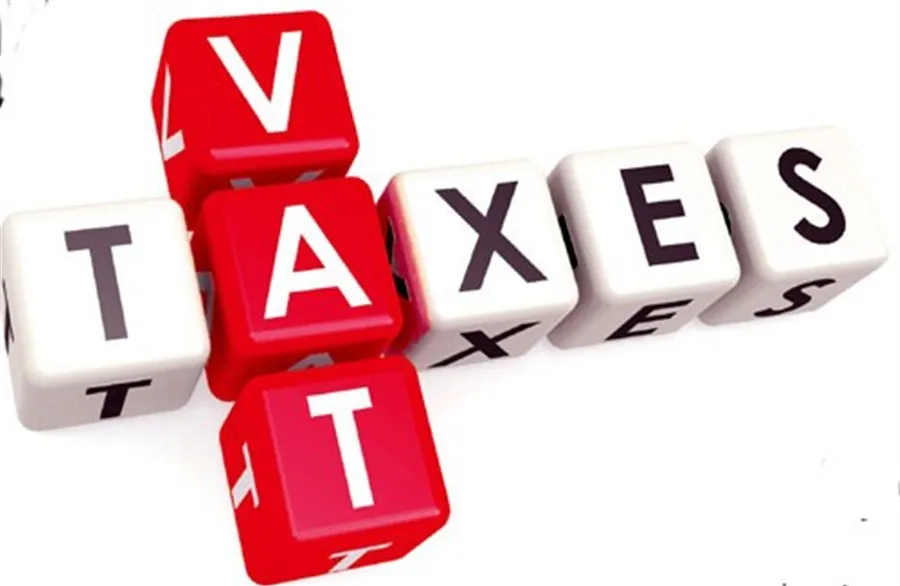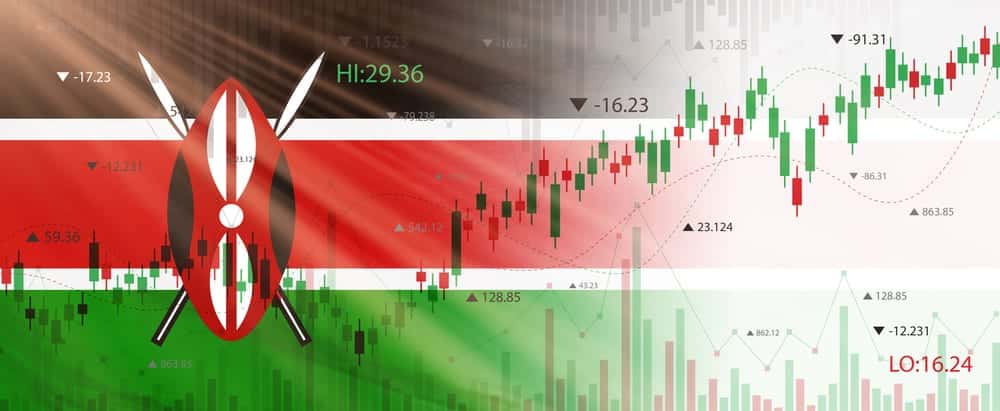Understanding Value Added Tax (VAT): What Every Kenyan Business Needs to Know Now!

Value Added Tax (VAT) is a form of indirect tax levied on the consumption of goods and services. It’s a major source of revenue for governments around the world, including Kenya. In this article, we’ll delve into the intricacies of VAT, covering its purpose, how it operates, and its impact on businesses and consumers.
Purpose of VAT
The primary goal of VAT is to generate revenue for the government. Unlike income tax, which is directly deducted from an individual’s earnings, VAT is imposed on goods and services at each stage of production and distribution. This method ensures a steady stream of income for the government, which is essential for funding public services and infrastructure.
How VAT Works
VAT operates on a system of inputs and outputs:
- Input Tax: This is the VAT paid by businesses on their purchases of goods and services. For instance, if a company buys raw materials, it pays VAT on those purchases.
- Output Tax: This is the VAT charged by businesses when they sell goods or services.
The difference between the output tax collected from customers and the input tax paid to suppliers determines the VAT payable to the government.
Calculation of VAT
Let’s illustrate with an example:
- A business buys raw materials for Kshs 10,000, including VAT of Kshs 1,600.
- The business then sells its product for Kshs 12,000, including VAT of Kshs 1,920.
Here, the input tax is Kshs 1,600, and the output tax is Kshs 1,920. The difference (output tax – input tax) is Kshs 320, which the business remits to the tax authorities.
VAT Rates in Kenya
In Kenya, VAT rates vary based on the type of goods and services:
- Standard Rate (16%): This applies to most goods and services, including electronics, furniture, and clothing.
- Zero Rate (0%): Certain goods and services, such as exports, are subject to a 0% VAT rate. This means no VAT is charged, but businesses can still reclaim VAT on their inputs.
VAT Exemptions
Some goods and services are exempt from VAT. These include basic foodstuffs, medical supplies, and educational services. Businesses dealing in exempt goods cannot claim input tax on their purchases.
VAT Registration
Businesses must register for VAT if their annual turnover exceeds Kshs 5 million. This threshold ensures that only significant contributors to the economy are subject to VAT obligations. However, smaller businesses can opt for voluntary registration.
Filing VAT Returns
VAT returns must be filed monthly. The process involves declaring the total sales (output tax) and purchases (input tax) for the period. In Kenya, these returns are filed through the iTax system, a digital platform that simplifies tax administration.
Record Keeping and Invoices
Accurate record-keeping is crucial for VAT compliance. Businesses must maintain detailed records of all transactions, including invoices, receipts, and credit notes. Each invoice must contain specific information, such as the VAT registration number, a description of goods or services, and the VAT amount.
The VAT Special Table
The VAT Special Table in the iTax system is a compliance tool aimed at ensuring businesses meet their VAT obligations. It targets:
- Nil Filers and Non-filers: Businesses that fail to file returns or consistently file nil returns.
- Missing Traders: Entities engaged in VAT fraud by disappearing without paying collected VAT.
The table helps identify and take action against non-compliant businesses, promoting fair competition and enhancing revenue collection.
VAT on Imported Services
Also known as Reverse VAT, this applies to services imported into Kenya. Importers of such services must pay VAT regardless of their VAT registration status. This ensures that local and foreign services are taxed equally, protecting domestic businesses.
Withholding VAT
Withholding VAT is a mechanism where certain appointed agents withhold a portion of VAT from suppliers’ payments and remit it directly to the tax authorities. In Kenya, the withholding VAT rate is 2%. This system reduces the risk of tax evasion by ensuring VAT is collected at the source.
How to Pay VAT
VAT payments are made online through the iTax system. Businesses can pay using various methods, including bank transfers and mobile money platforms like M-PESA. The due date for VAT payments is the 20th of the following month, making timely compliance essential to avoid penalties.
Impact of VAT on Businesses
VAT compliance requires businesses to invest in proper accounting systems and training for staff. While this can be an additional cost, it also brings benefits, such as improved financial management and eligibility for VAT refunds on business expenses. Moreover, compliant businesses build trust with customers and suppliers, enhancing their reputation and competitiveness.
Challenges in VAT Administration
Despite its benefits, VAT administration faces several challenges:
- Complexity: The need to track input and output taxes, maintain detailed records, and file regular returns can be daunting, especially for small businesses.
- Compliance Costs: Implementing VAT systems and training staff incur costs that can strain limited resources.
- Fraud: VAT fraud, such as underreporting sales or creating fake invoices, poses significant challenges to tax authorities.
The Future of VAT in Kenya
Kenya continues to refine its VAT system to enhance compliance and revenue collection. This includes leveraging technology through the iTax platform, conducting regular audits, and educating businesses on VAT obligations. As the economy grows, VAT will remain a critical component of the country’s fiscal policy.
In Summary
Value Added Tax is a pivotal element of Kenya’s tax system, contributing significantly to government revenue. By understanding how VAT works, businesses can ensure compliance and benefit from the system. While there are challenges, ongoing reforms and technological advancements promise to make VAT administration more efficient and transparent.











